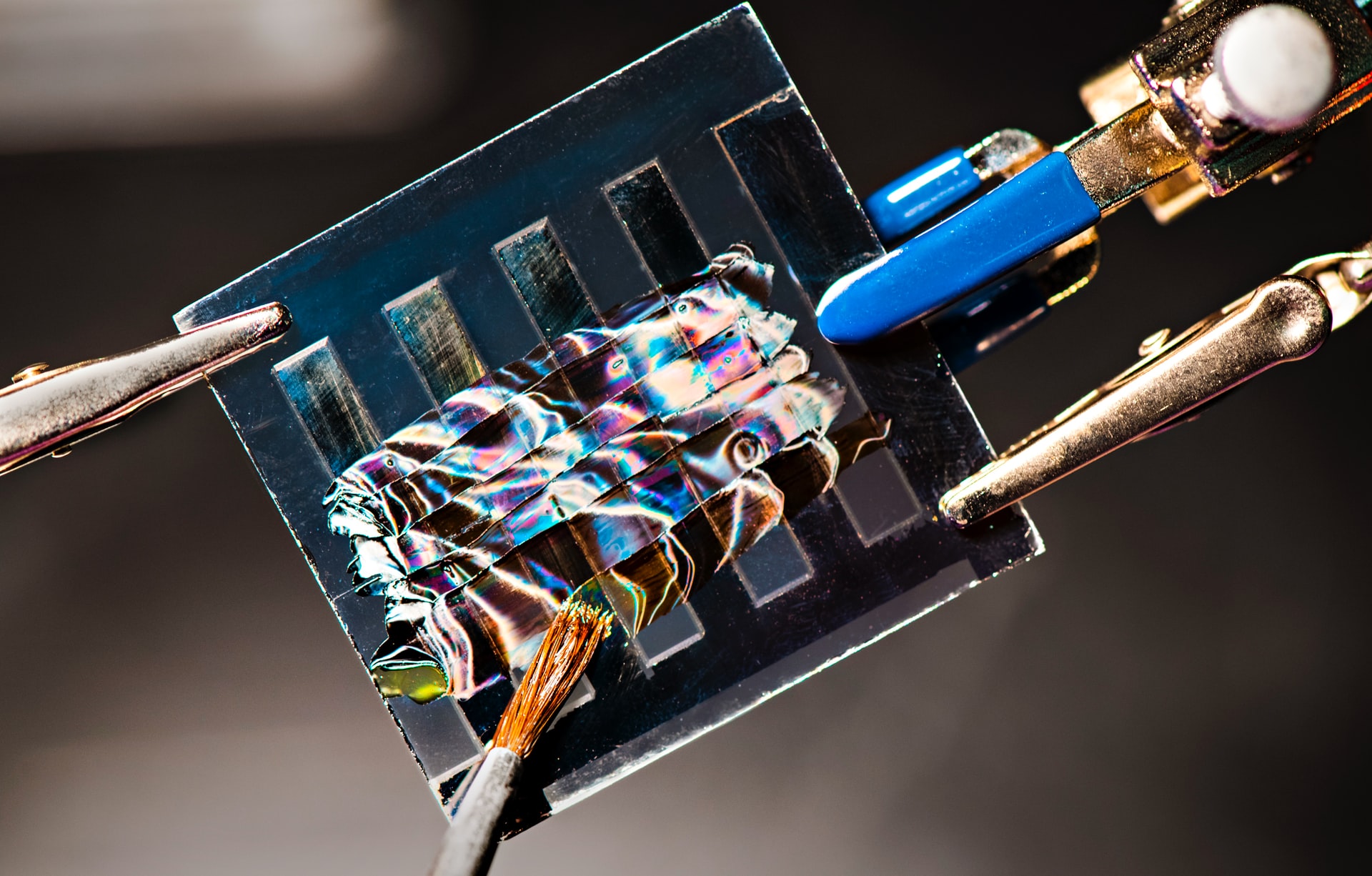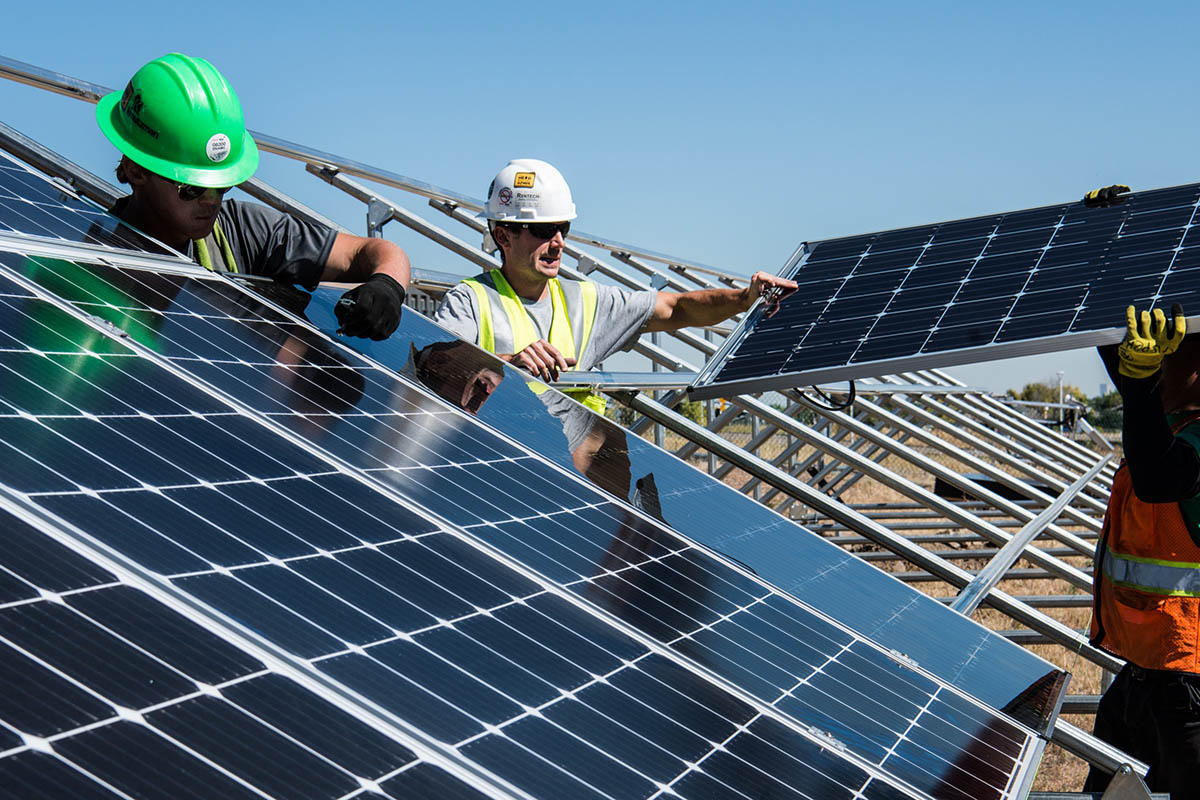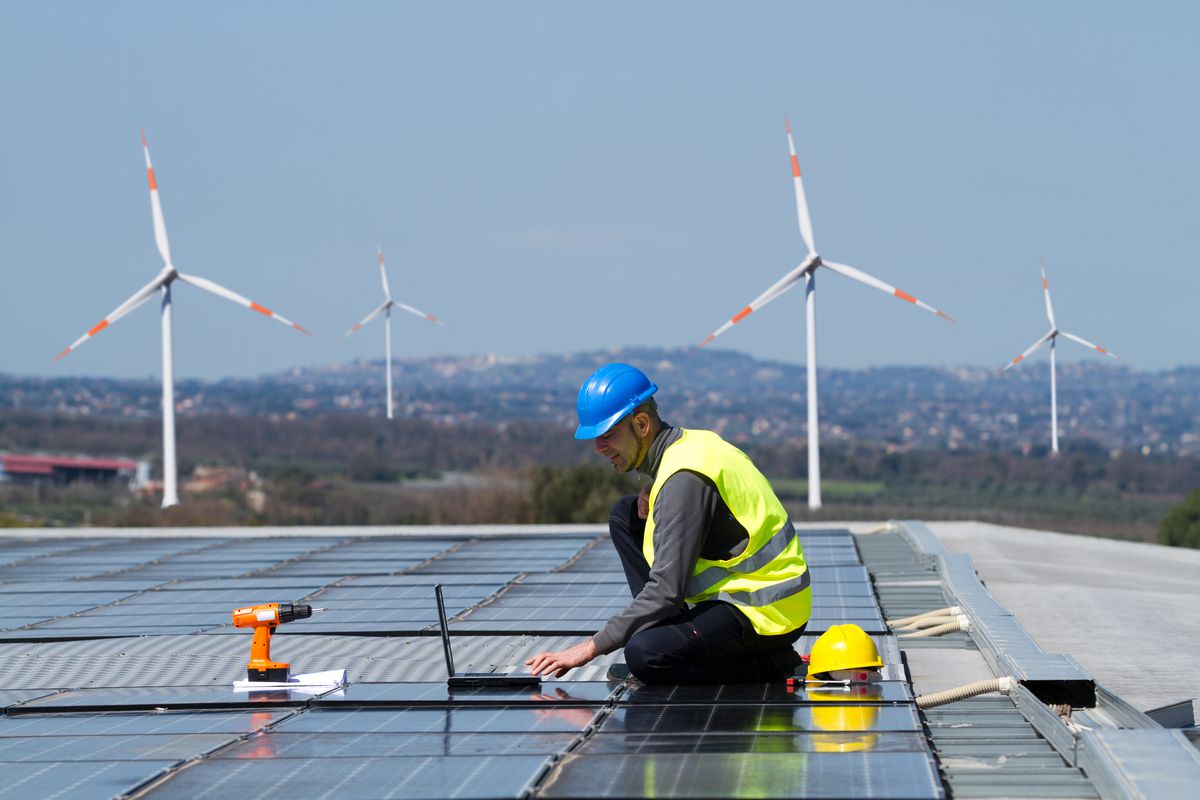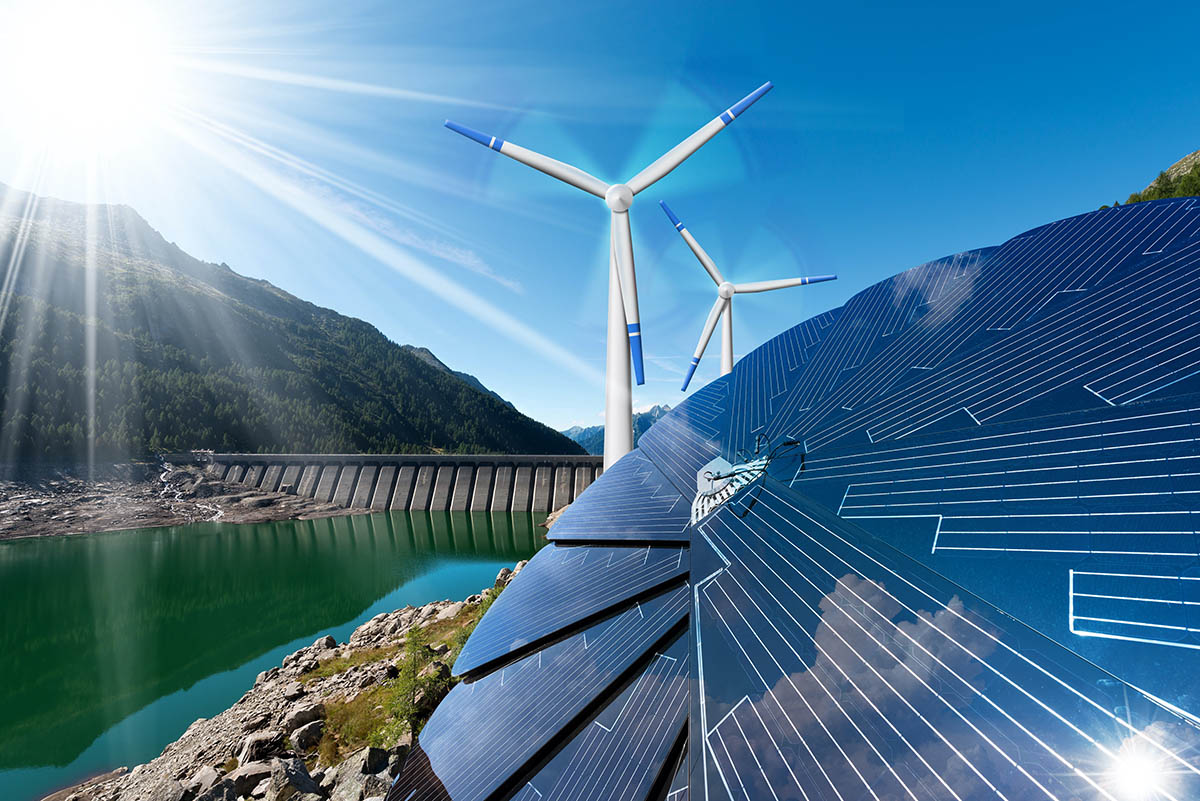Solar energy optics is a film solution made by the ICS. It results from a thorough industrial study focusing on light guide technology. A commercial solar panel can convert 15 to 20% of light energy, penetrating it into electricity. This is a notable improvement from only 12% a decade ago.
Nevertheless, if solar technology has better efficiency, it can contribute more to preventing climate change and developing the economy, specifically installations on rooftops.
Recently, some the companies such as Oxford PV, Insolight, and ICS have made a considerable improvements in the industry creating new advancements in improving solar…
Understanding Low-Carbon Energy
Low carbon energy means energy that is generated using lower emissions of carbon dioxide. Carbon dioxide is one of the greenhouse gasses that contribute to global warming and climate change. Apart from energy uses, carbon is also emitted by natural causes like volcanic eruptions and forest fires.
The use of low carbon energy is not only more cost-effective, but it is also a good way to reduce our dependency on carbon-emitting energy sources such as coal and fuel, which is proven to be a major factor in climate change.
There are four different types of low carbon energy. Three of these four are renewable energy sources and are…
Working in The Renewable Energy Industry
Having a job in the renewable energy industry isn’t exactly a walk in the park. This not a common 8-hour shift job wherein you just sit in the office all day doing papers. Although some workers do menial tasks, others spend most of their time on the turbines and types of machinery. Those turbines don’t run and maintain themselves.
In a wind power plant, there is not much difference in the purpose and functionality of the turbines. Whether on-site or in the home, area managers need to be very attentive should there be a concern in the machinery. Technicians and engineers have to be alert at any time and be prepared to …
Renewable Energy and Its Sources
A renewable energy resource is technically sustainable energy. Alternative energy is an energy source that has an indefinite amount of energy source that does not run out, unlike the non-sustainable sources like coal.
On the other hand, low-energy or zero-carbon energy is nuclear generated energy that is not renewable. It emits zero or low levels of CO2 and is not dependant on the weather.
The most common and widely developed renewable energy sources are solar energy, tidal energy, wind energy, geothermal energy, hydro energy, and biomass energy. Apart from being sustainable, these energy resources emit little to no carbon, …




